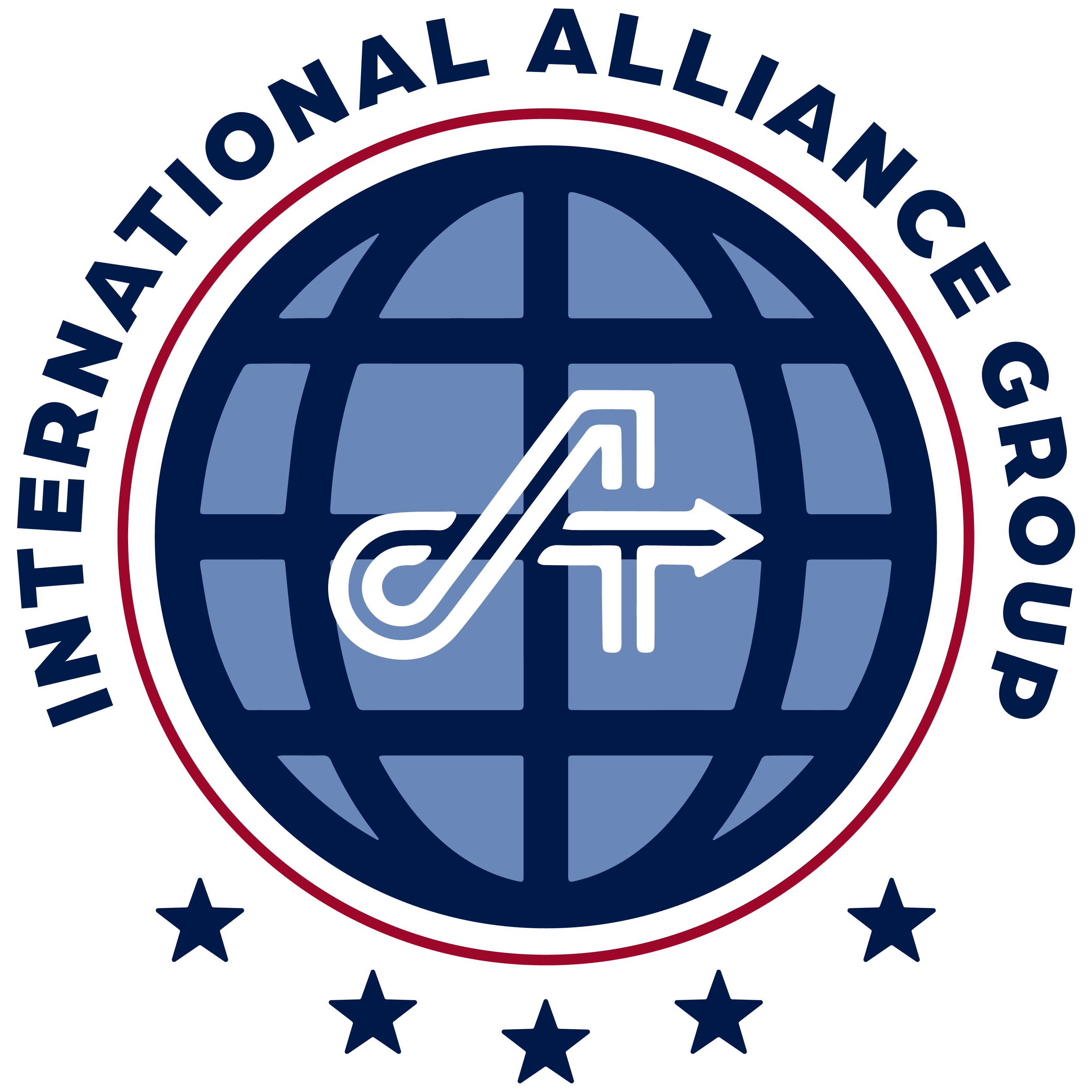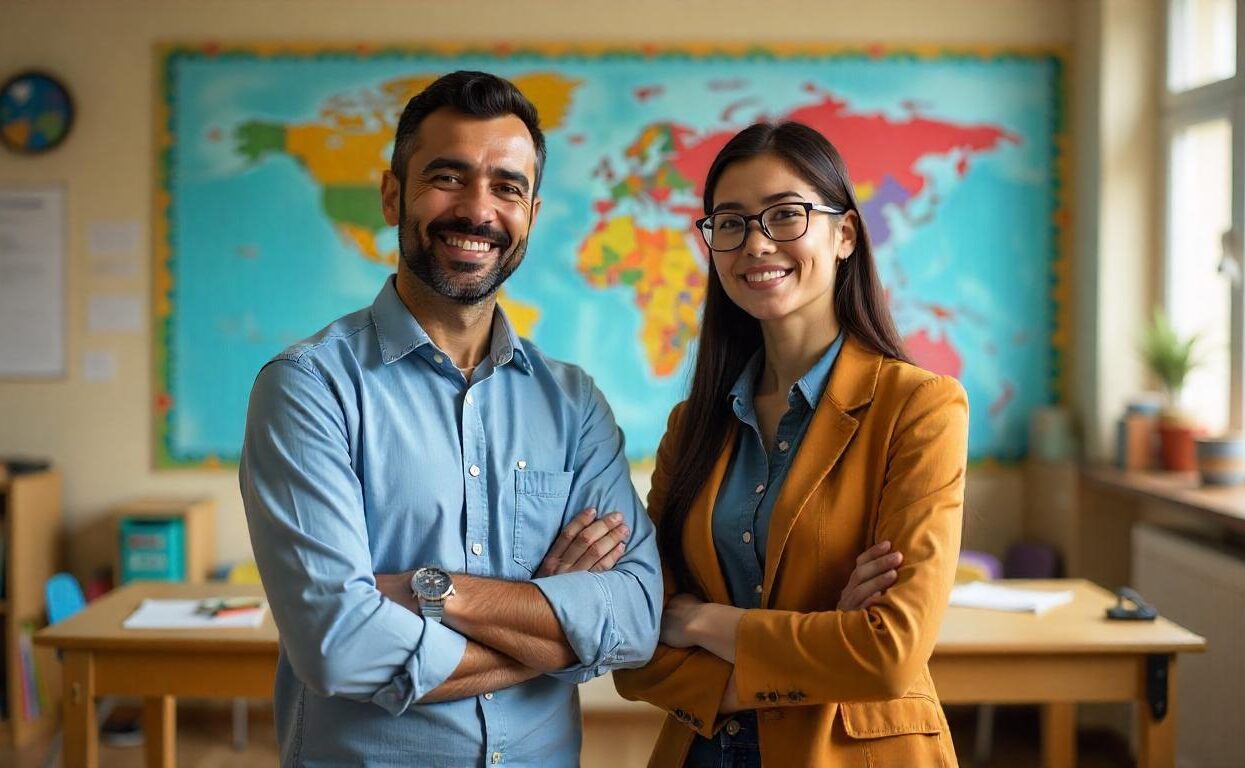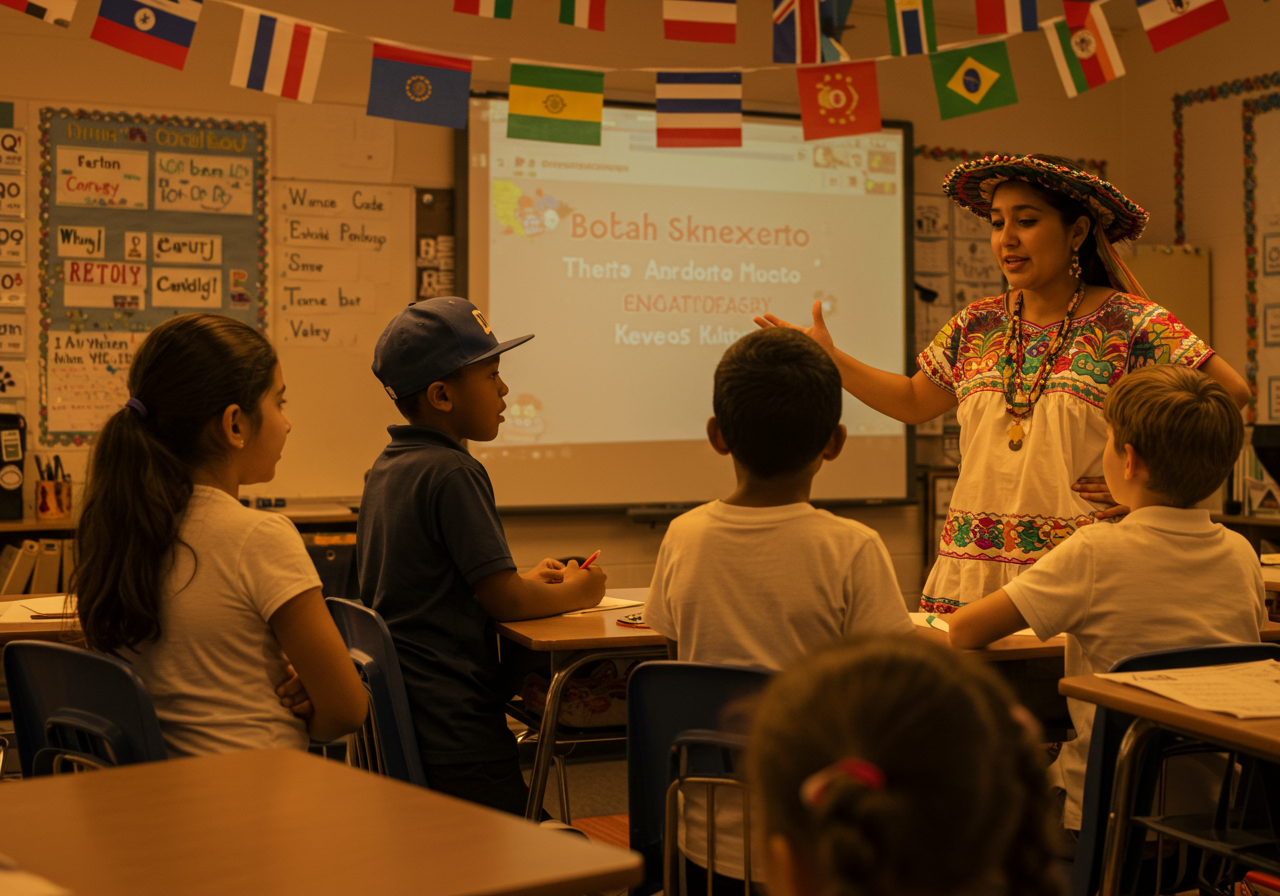The Benemérita Escuela Nacional de Maestros in Mexico City recently hosted an informative conference organized by International Alliance Group (IAG), focused on providing local educators with pathways to teaching positions in the United States. The event, held on Friday, March 14th, drew a significant number of teachers eager to explore international career opportunities.
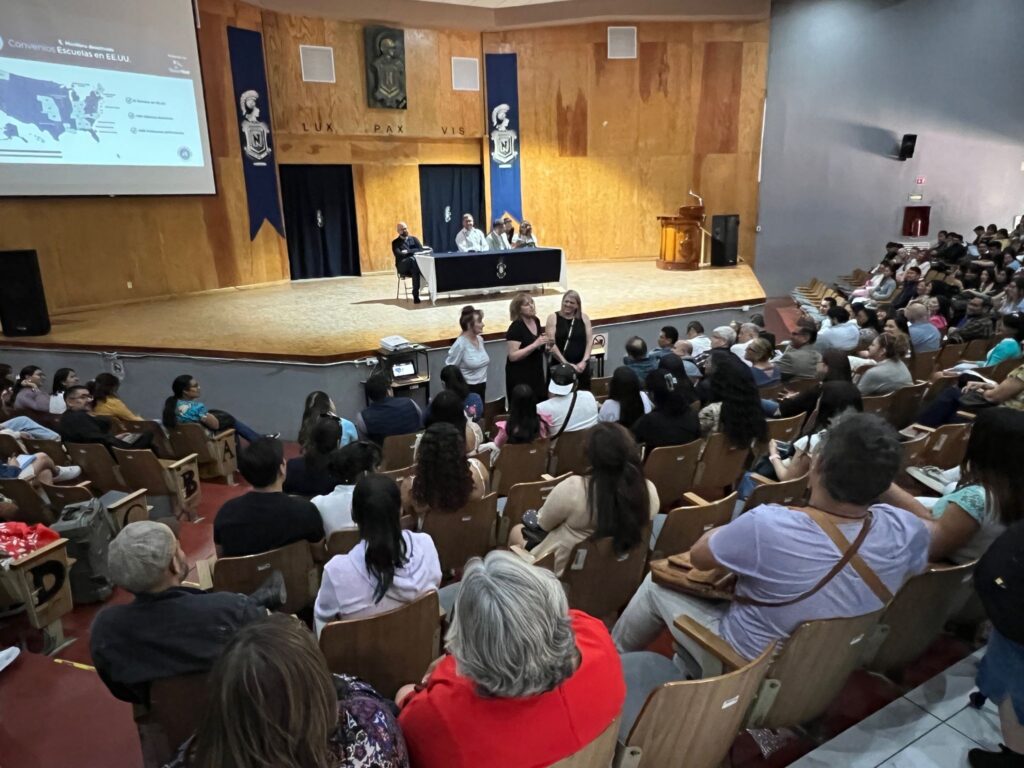
The conference featured distinguished representatives from various U.S. school districts, International Alliance Group representatives, and partners, who shared valuable information about the requirements, benefits, and application process for teaching in the United States.
Attendees had the unique opportunity to engage directly with these district representatives, ask questions, and learn from the experiences of other educators who have participated in teacher exchange programs.
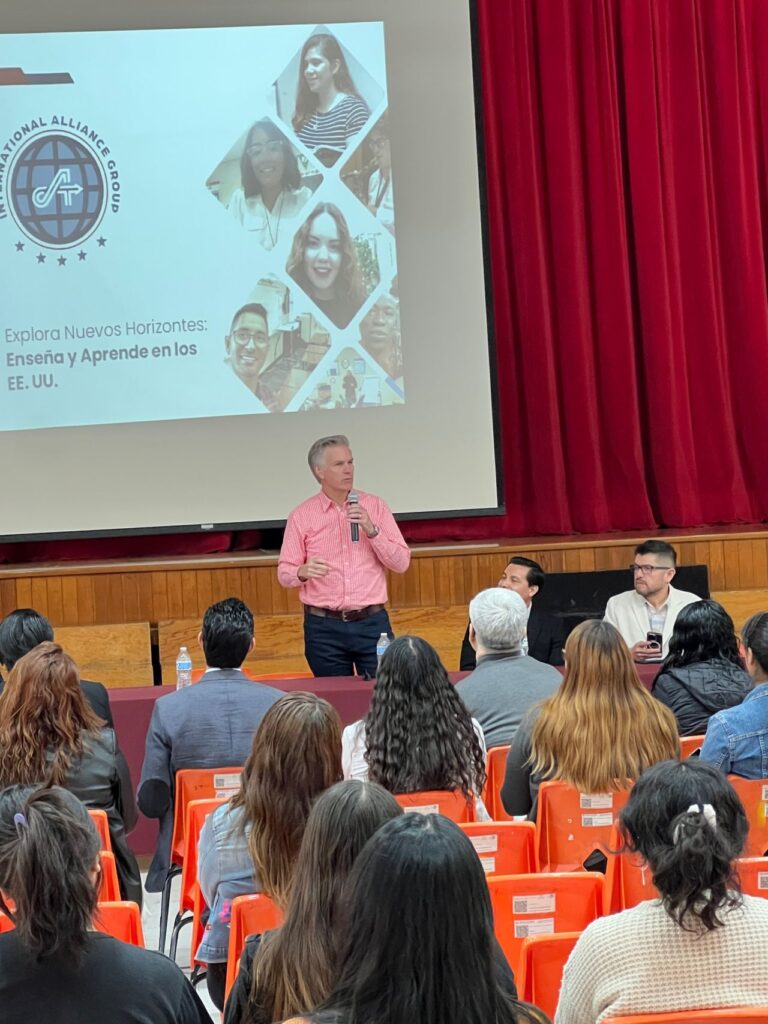
International Alliance Group, known for facilitating educational and cultural exchanges, reinforced its commitment to connecting talented Mexican teachers with US schools. The educators who attended expressed their appreciation for the information provided, highlighting the potential for both professional and personal growth that these opportunities represent.

“At IAG, we believe in the transformative power of education, and we’re proud to facilitate these connections between Mexican talent and US educational institutions” stated Jason Hammond, President of IAG.
The conference concluded with a networking session, allowing teachers to build connections with district representatives and fellow educators pursuing similar goals.
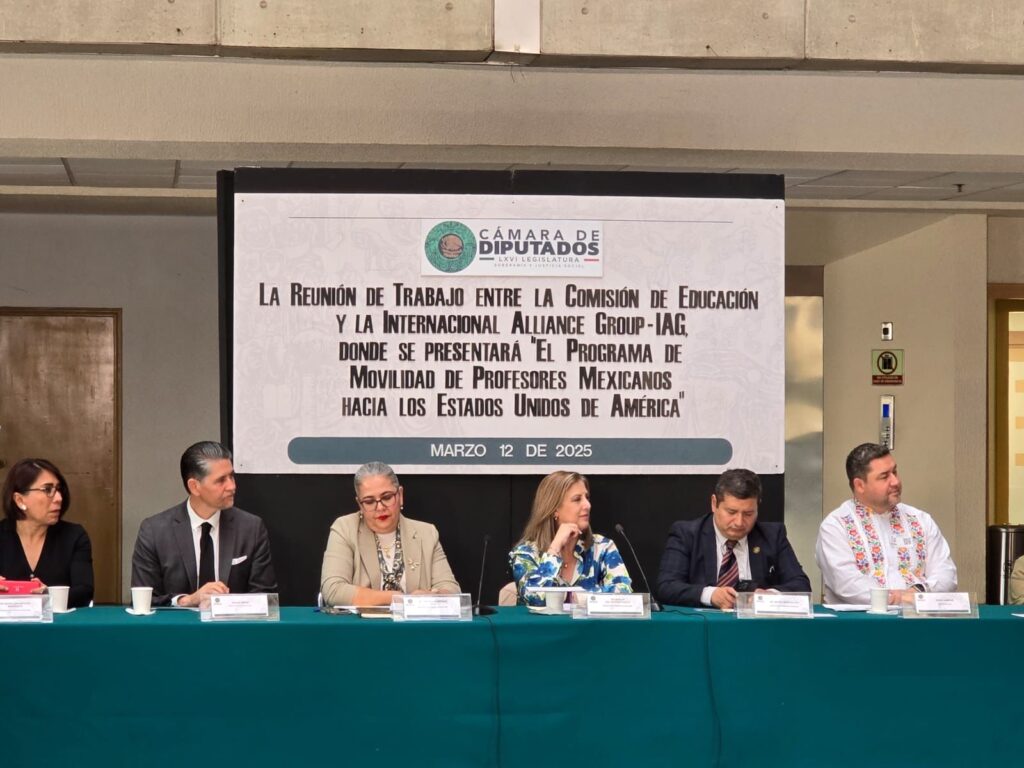
The list of events was followed by a city tour with IAG members and school district leaders, culminating in the CDMX Job Fair.
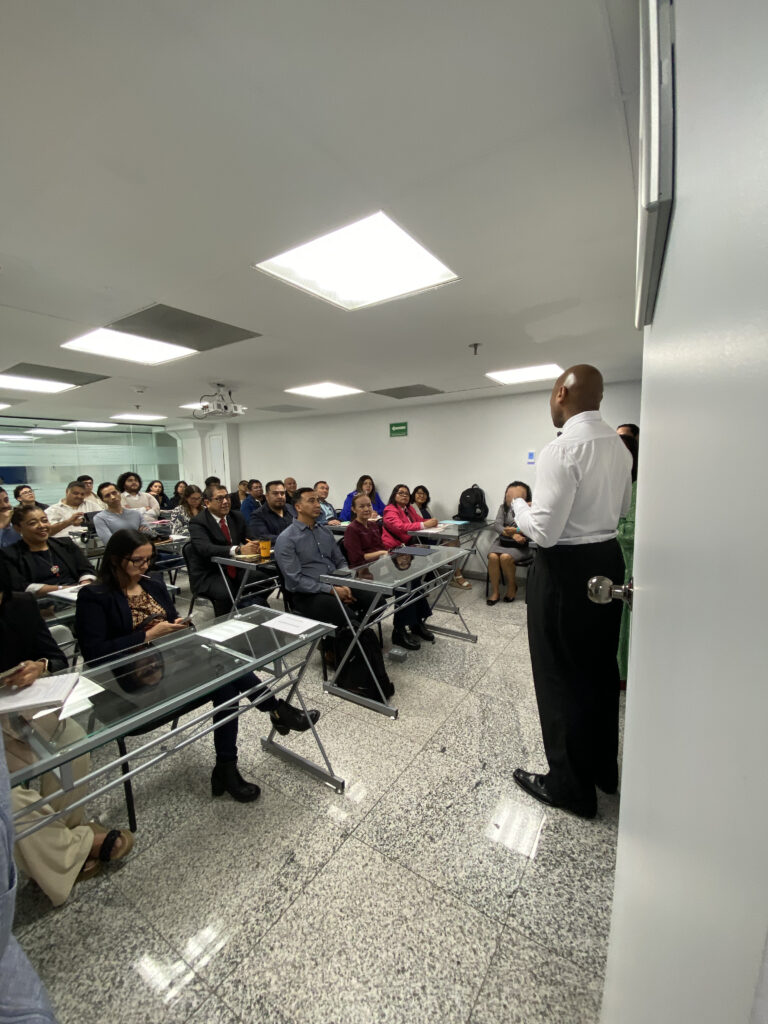
Discover US teaching opportunities! Visit our International Alliance Group link for International Teachers and follow us on Facebook or Instagram for updates on upcoming events and application periods.
This blog was written by Global Workforce Development, powered by IAG, an organization dedicated to creating international job opportunities for professionals.
